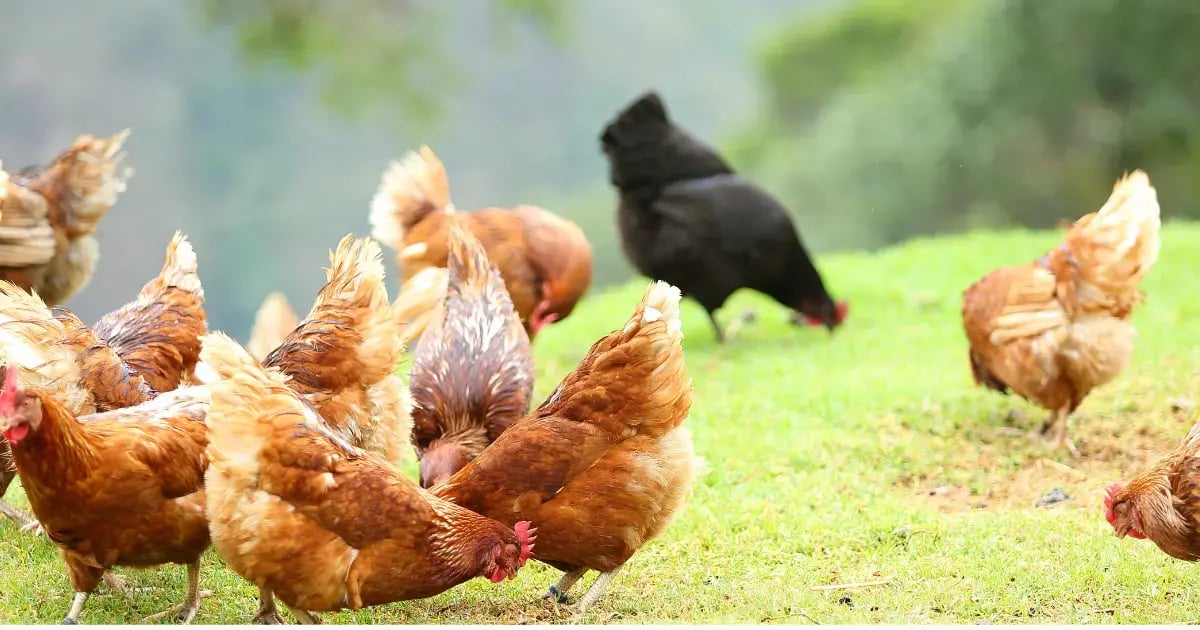Sell-by-weight functions
Sell items based on actual weight and update costs during fulfillment. An essential feature for selling fresh meat and produce, but not offered on all e-commerce platforms.
Website building tools
Create an attractive, user-friendly website regardless of your technical ability. Some providers offer no-code website builders or templates to make the process easier.
Inventory management
Update stock levels in real time, keep track of bin IDs, make batch updates, and other inventory features that simplify or automate your processes. Modern inventory management is the cornerstone of smooth online sales.
Flexible fulfillment
Support on-farm pickup scheduling, local delivery, custom delivery zones, and other flexible options that can grow together with your business.
Customer relationship management (CRM)
Keep track of customer contact and payment information, view order history, and other options that allow you to tailor promotions and simplify checkout for repeat customers.
Subscription support
Offer subscription options to customers for repeat purchases or hand-picked boxes. To reduce friction, find platforms that collect customer payment information but don’t require a deposit.
Automated communication
Automatically contact customers whenever there is an update to the status of their order.Advanced order management
Simplify order fulfillment with automated pick-and-pack lists, automatic invoice generation, order adjustment capabilities, and other industry-specific tools.
Mobile-friendly design
Create a website that works equally well on desktop, tablet, or mobile — ensuring the 72% of customers who shop on their smartphone have a seamless browsing experience.








.webp?width=1200&height=630&name=4%20Fresh%20Features%20of%20a%20Farmers%20Market%20POS%20SOCIAL%20(1).webp)




